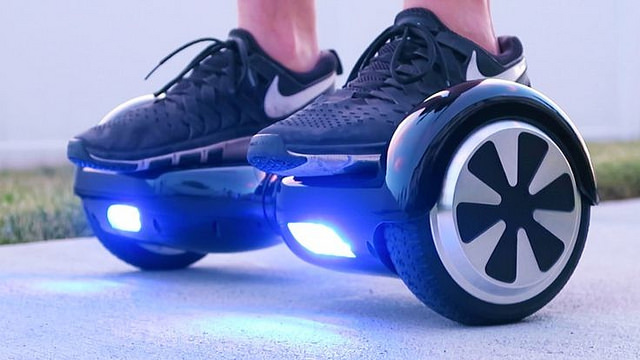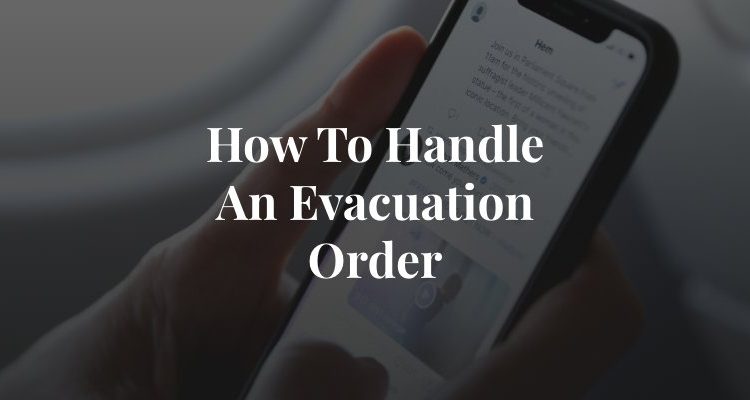Hoverboards are on fire. Literally.
Across America, multiple families have reported dangerous episodes involving hoverboards catching fire. The U.S. Consumer Product Safety Commission (CPSC) launched an investigation earlier this week involving 12 hoverboard-related fire incidents in 10 states.
The CPSC is currently analyzing the safety of the highly-popular holiday toys. In a statement released Wednesday, the Commission said they are searching for the root cause of the fire hazard.
Over 88 percent of 17,000 hoverboards were believed to be “unsafe” due to issues with non-compliant electrical components – such as plugs, cabling, chargers and batteries within the boards – that increased the risk of the device overheating, catching fire, or exploding according to National Trading Standards (NTS).
Millions of hoverboards have been shipped from China this year. Nearly two-thirds of the smartboards are produced in Shenzhen, a city located north of Hong Kong and known as a cheap technology-manufacturing hub. The NTS estimates nearly 400,000 hoverboards were shipped from Shenzhen in October alone.
Consumers who recently purchased or received hoverboards from Amazon are being urged by the retail giant to toss them immediately, after a watchdog called on all retailers to remove them from sale over safety concerns.
Amazon is doubling its efforts to get dangerous hoverboards out of its customers’ homes. Owners are urged to destroy knockoffs and can even receive a full refund for the purchase. Earlier in the week, Amazon, along with Target, briefly pulled hoverboard maker Swagway’s line of self-balancing scooters from its virtual shelves. But the online retailer has since reinstated the company’s models back on its web site after they provided adequate documentation certifying their products were safe for purchase.
A number of airlines – including Delta, United, American and Southwest – have banned all hoverboards from flights due to concerns regarding potential fire risks.
The United States Postal Office has also followed suit, banning the smartboards that contain lithium batteries from air transportation. They can only be shipped via ground transit and are restricted from being delivered internationally or to military addresses.
If you still plan on purchasing a hoverboard, it is highly recommended you do your research and spend the extra dollars and purchase one from a reputable manufacturer as opposed to snagging the cheapest deal on the market.
To help reduce the risk of an incident, here are some safety tips for current hoverboard owners and consumers who plan on purchasing one:
- Look for the mark of a recognized independent laboratory on the gadget, such as Underwiters Laboratories (UL). If the model doesn’t have a marking, that could be a red flag that it hasn’t been tested or certified for safety.
- Do not charge a hoverboard overnight.
- Do not charge a hoverboard near other products which are combustible.
- To prevent injuries when riding a board, wear protective gear such as a helmet and kneepads.
Shoppers are encouraged to report unsafe products and incidents to the CPSC at www.saferproducts.gov.
Image Credit: Flickr – Ashlie Mckellen





No Comment